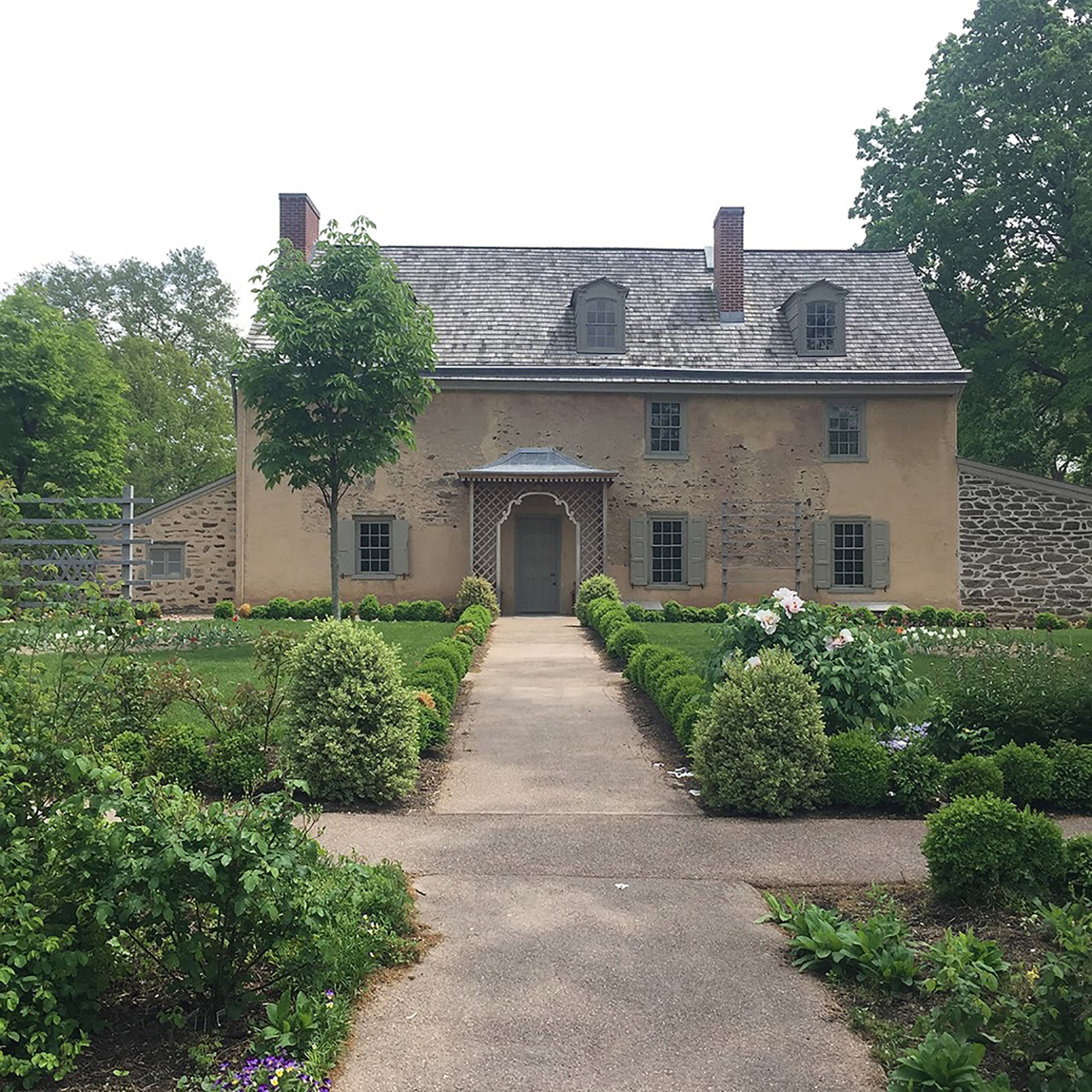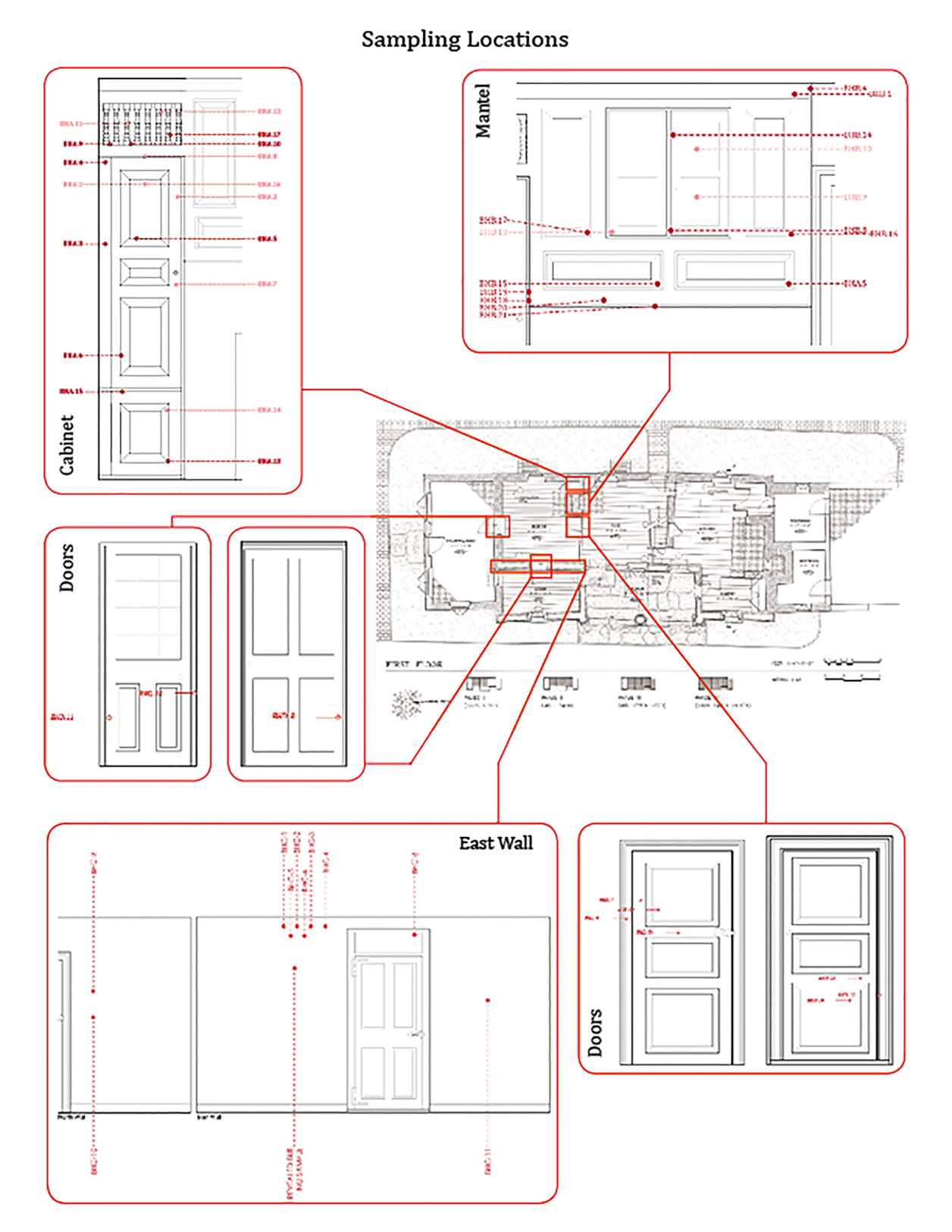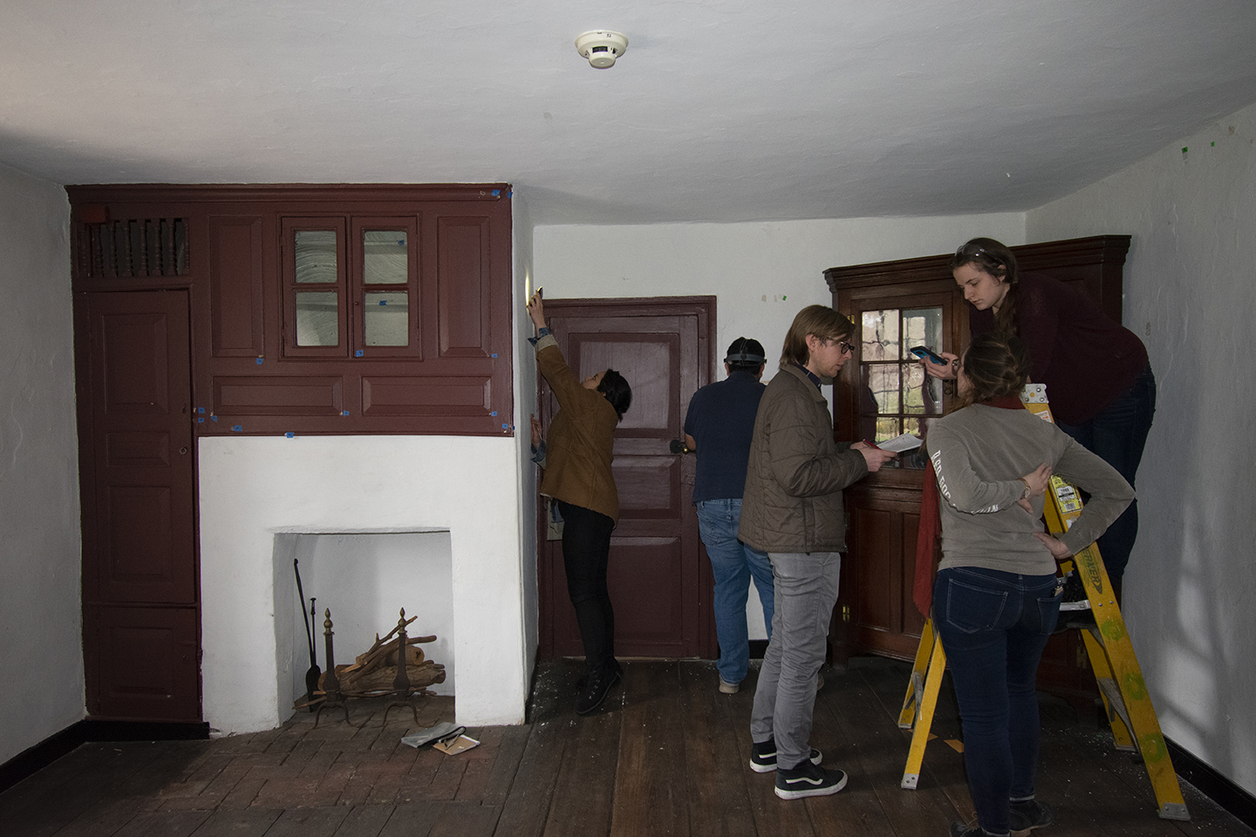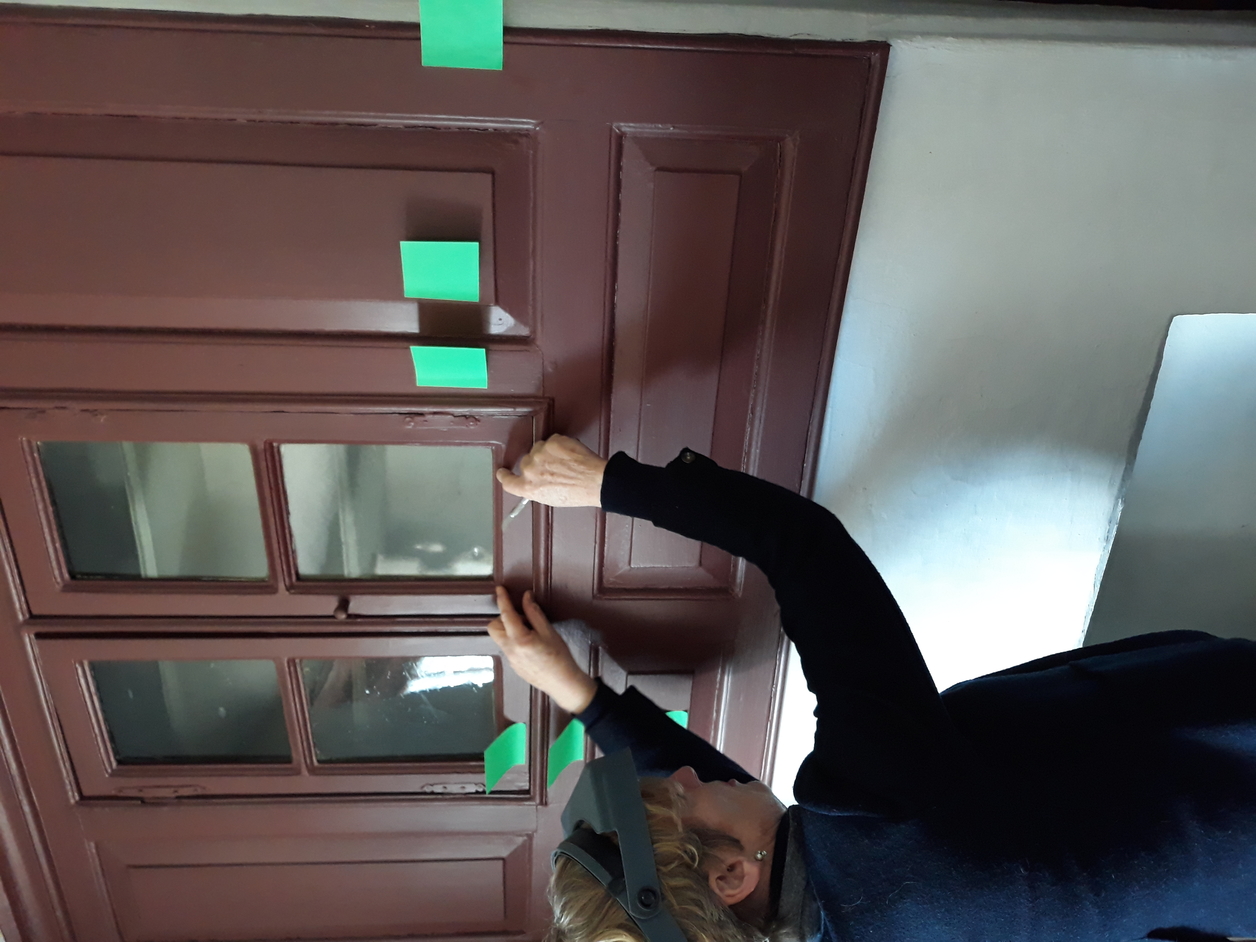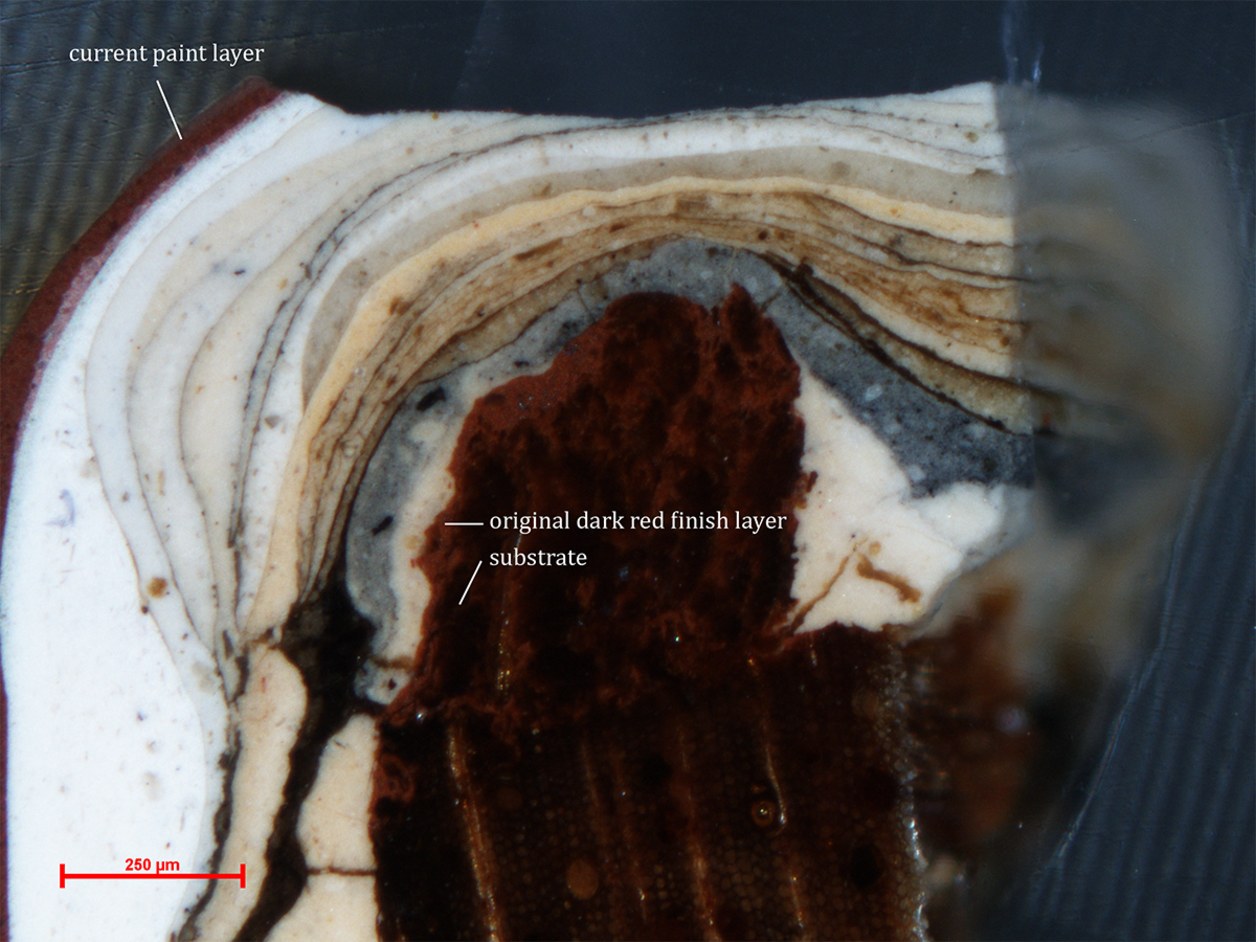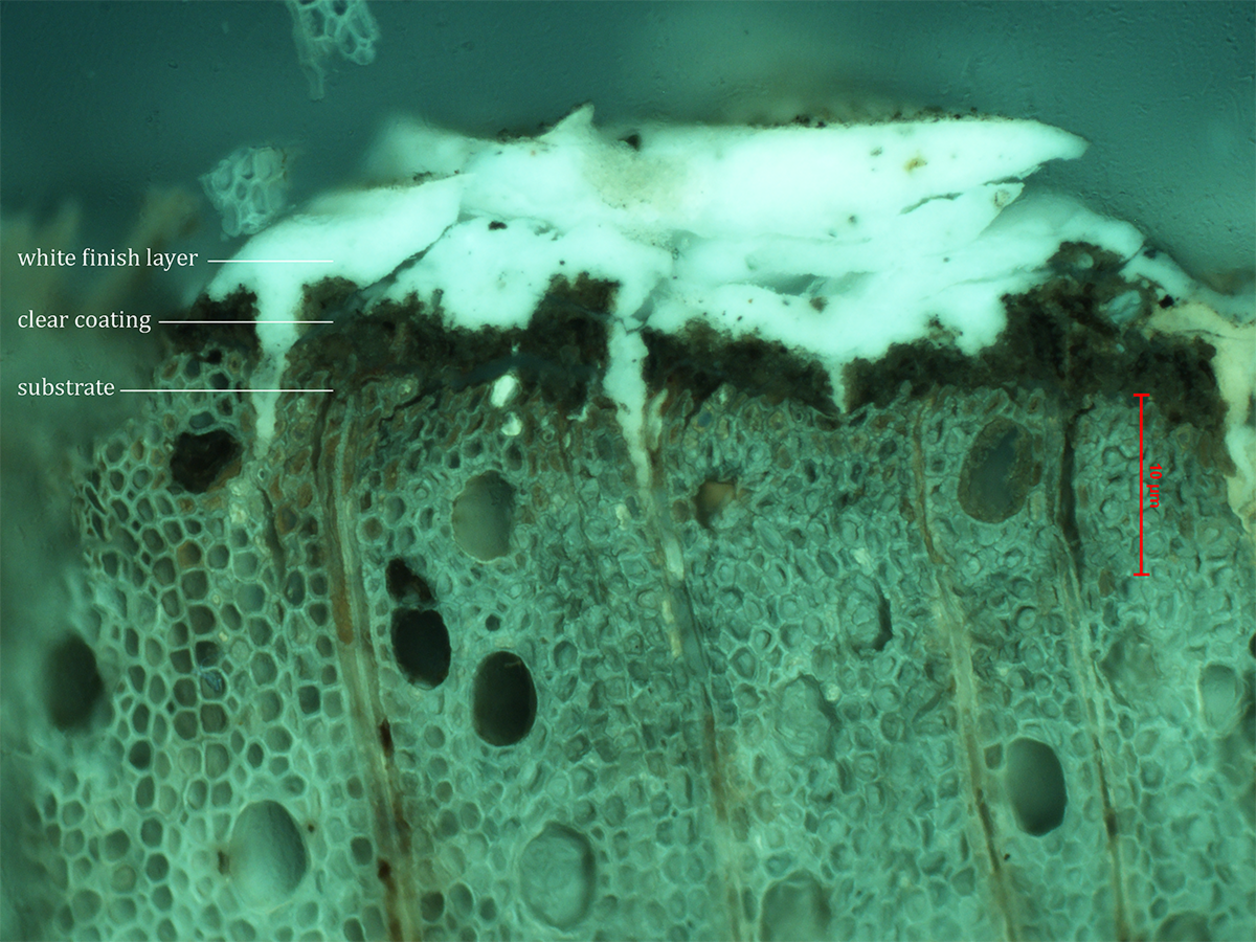Conservation Seminar: Architectural Surface Finishes
Architectural surface finishes are among the most ephemeral of all materials in the built environment. Enduring harsh conditions and subject to frequent change, they are intrinsically vulnerable and, as a result, are often replaced or disappear entirely. Yet, despite their changeability, finishes are extraordinarily important. They offer insight into architectural alterations and conditions. They imbue buildings with meaning, influence the perception and expression of design, and the effect color and light. Finishes ornament, imitate and fool the eye. They function as disinfectants, insecticides and water- proofing. They are reflections of economies, trade, and natural resources. They demonstrate people’s mythologies, beliefs, aesthetics and aspirations. Because architectural surface finishes encompass a wide range of material types and possibilities for conservation intervention, approaches to their treatment vary widely.
This course addressed the technology, analysis, deterioration, and treatment of historic finishes. Students gained an understanding of the history, materials and technology of which architectural finishes have been most commonly made, in addition to sources for researching them, the types and causes of deterioration and treatment.
The primary field work of this class was an analysis of finishes at Bartrams Garden, the eighteenth-century home of botanist John Bartram. Building on analysis of the finishes in the pantry in the 2017 Finishes Seminar, students examined and analyzed the parlor finishes to answer questions about original appearance and changes to the room, producing a final report with their findings.


